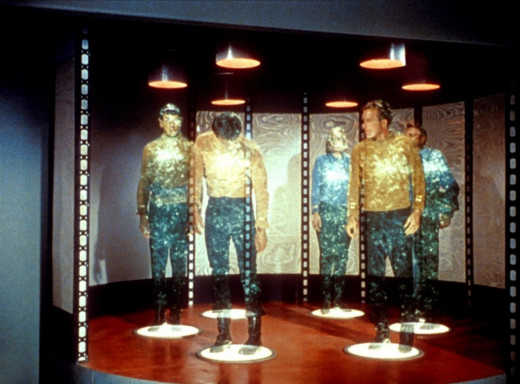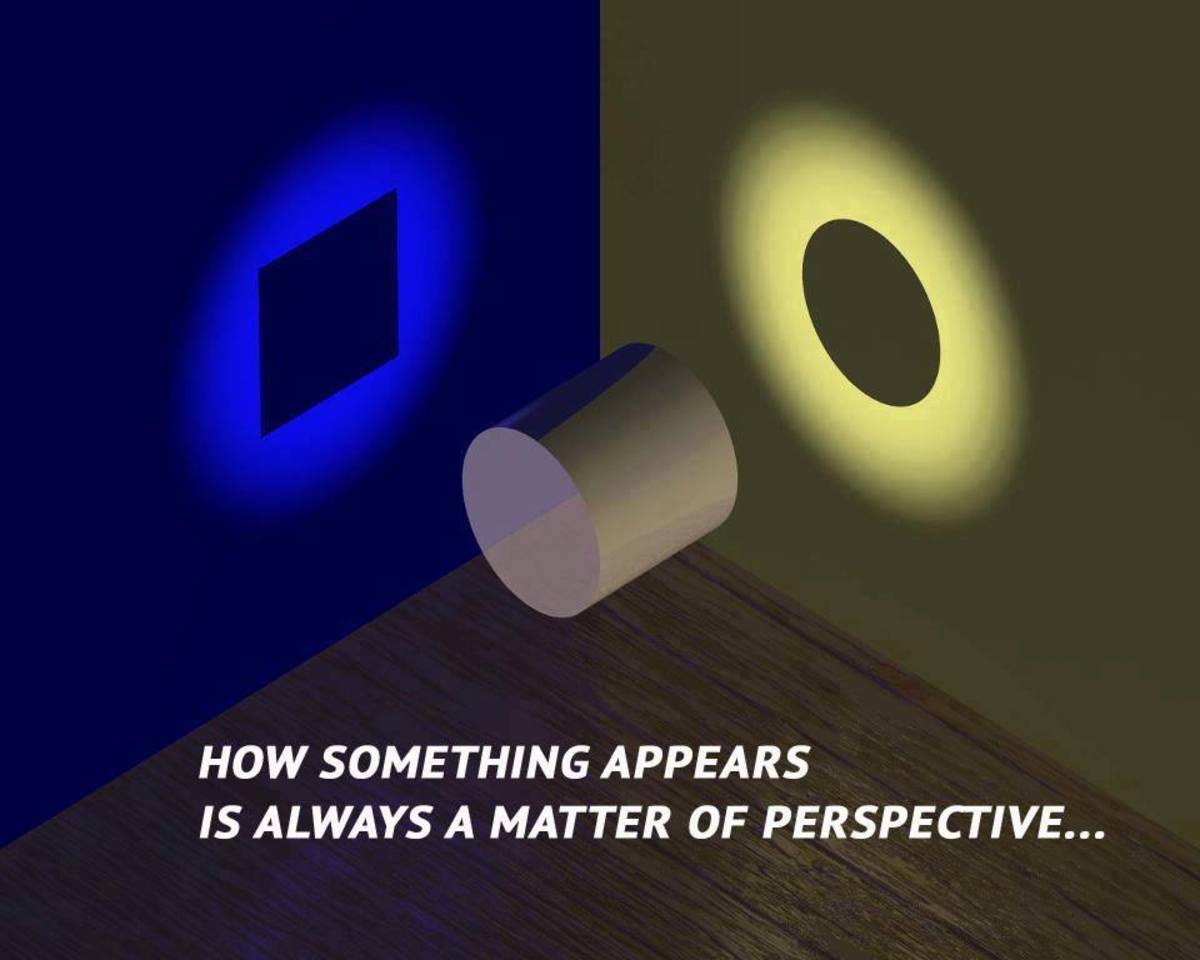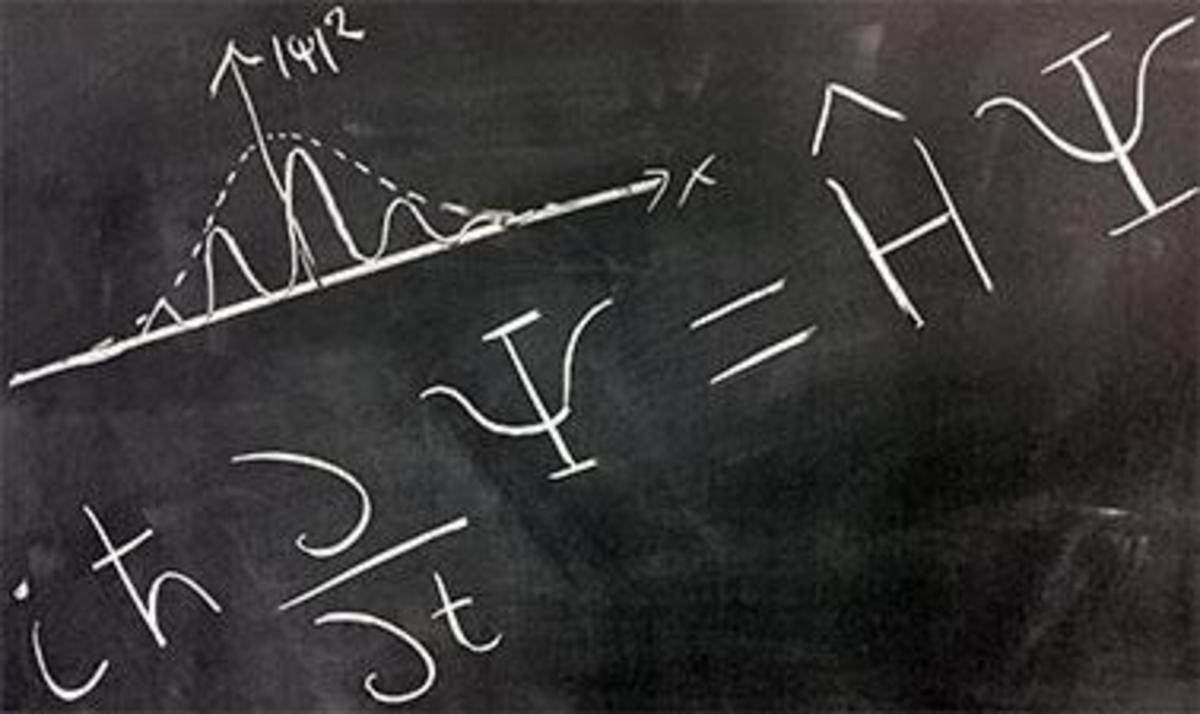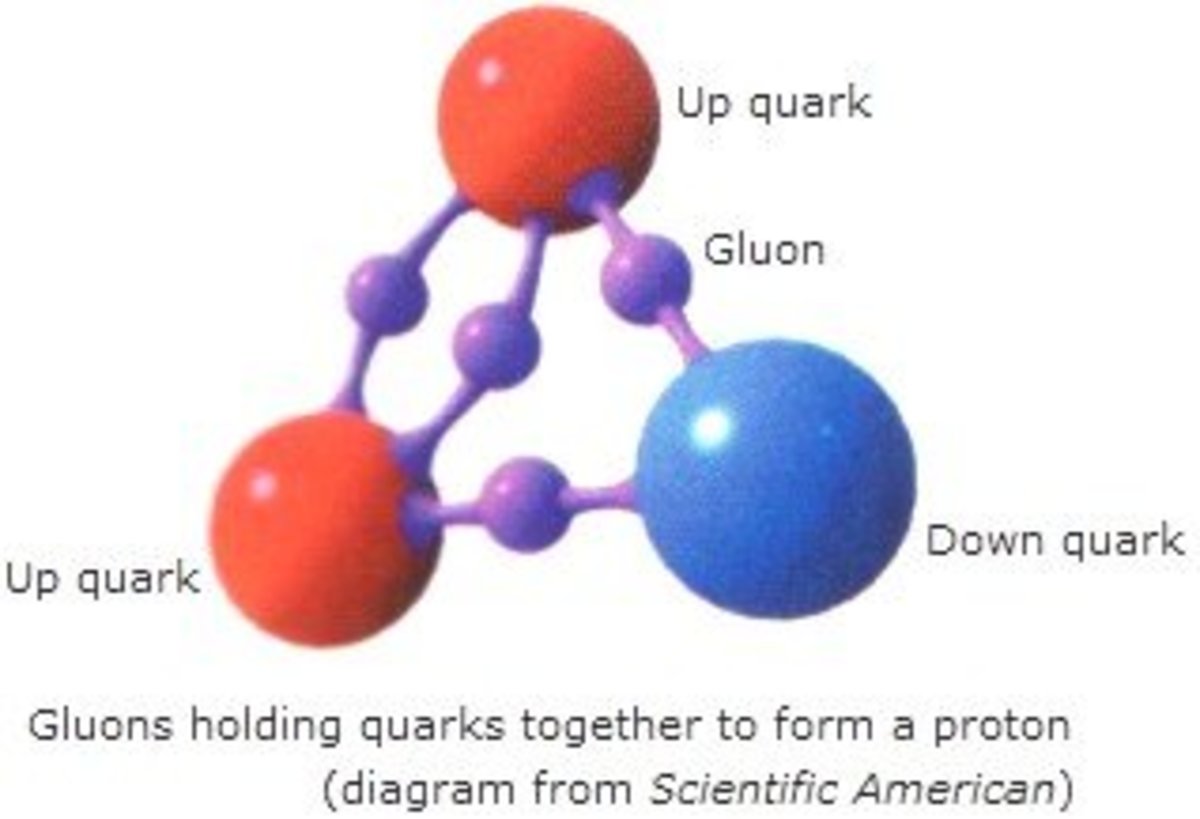Quantum Entanglement - The Future Of Teleportation
How amazed and spellbound we used to be watching 'Beam Up' in 'Star Trek'. What a life it would be if one is able to teleport from one place to another like that. Even the government would find this favorable as they would not have to spend a money on roads, bridges, ports etc. But is this possible? Moreover, is it even realistic?
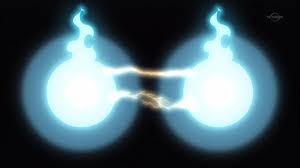
What is Quantum Entanglement?
Quantum Entanglement is one of the most complex and fascinating hypothesis of the twentieth century, which is still not yet completely understood. As the name suggests, it elaborates the relation between different sub-atomic particles. It states that every two sub-atomic particles are inter-connected or entangled to one another. The properties of one particle is the same as the other. If a person is able to transport all the properties of one particle to a place, the particle would automatically appear or 'teleported' to that place. The most surprising fact is that whatever we do to the first particle, the second particle also experiences the same.

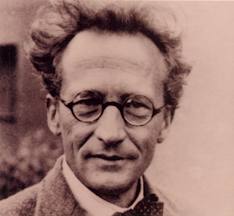
Its Complex and Entangled History of Quantum Entanglement
The roots of this astonishing phenomenon lies in the quantum theory. It all started when the French scientist, Louis De Broglie, pointed out that the wave-particle behavior or duality of light indicates that maybe electrons could also behave like waves.This, after three years, led to the confirmation that electrons could also behave like wave particles. By then other theorists had begun to probe the nature of these 'matter waves'. It was immediately clear that they were not at all like the ordinary physical waves. Erwin Schrödinger, gave these waves a more weird name - wave functions.This made it more and more weird, as this indirectly meant that these particles existed in all states of matter simultaneously, and somehow, they eventually took the specific properties of their 'observed state'. In 1935, Schrödinger exposed his most controversial work to the world - the Thought Experiment.
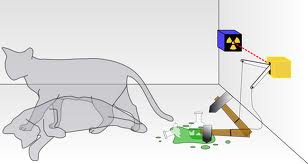
The Cat Box Thought Experiment
Imagine a sealed box containing a radioactive element with a 50:50 chance of decaying in one hour. According to quantum theory, after one hour will thus be in one of this bizarre mixed states - having bot decayed and not decayed. Now imagine there is also a cat in the box, along with the device which releases poison if it detects any radioactivity. Suddenly that bizarre mixed state of atoms is no longer just some esoteric quantum effect: the life of cat is dictated by them.
So after one hour, is the cat alive or dead? According to quantum theory, it is both - until somehow the mixture of states is persuaded to collapse into a single, definite state. This is quite perplexing!
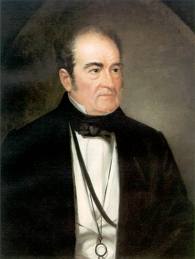
The Aftermath
Schrödinger coined a term to describe situations where the laws of quantum theory form an intimate bond between one object and another: Quantum Entanglement. His thought experiment had dealt a further blow to those - including Einstein - who had hoped quantum theory would provide a clear, common sense view of reality.
In 1964, John Bell proposed that if particles have permanent properties as Einstein claimed, there must be a limit to how similar the pairs of particles in his experiment could be, set by the finite speed of light. Bell showed that if Einstein was right, the correlation in the properties of the particles could never exceed a certain level, which became known as the 'Bell Inequality'. He, as well as Einstein, were given a shocker when in 1982, Alain Aspect and his colleagues at the Institut d'Optique in Orsay, France, succeeded in performing the EPR experiment using entangled photons of light. They found the the Bell Inequality was utterly shattered. Astonishingly, even pairs of photons separated by large distances seemed to stay in contact with one another, giving a level of correlation far exceeding the Bell Inequality.
The implications were dramatic. As the Bell Inequality had been broken, at least one of its assumptions - and thus Einstein as well - must be wrong. Particles really can remain entangled with each other, ensuring their properties remain correlated even at scales far bigger that the sub-atomic realm.
Most physicists responded with a shrug to the news that Einstein had been proven wrong about quantum theory. They knew the theory worked, and relied on its predictions in everything from the design of microprocessors to building particle accelerators. This led to the observation of the fact that in fact two particles or objects can be entangled. This led to the observation of the fact that in fact two particles or objects can be entangled. Finally, the physicists started believing that Einstein's ' Nothing is faster than Light' is indeed incorrect, because the 'entangled particles' can communicate wherever they are, in no time. Einstein always had that covered up by stating that nothing can travel faster than light, so their was no way that the entangled pairs at large distances could communicate without a time delay. But now, this unproved fact was brutally shaken and shattered into bits.
See, The Journey Has Begun!
You know what, the journey of teleportation has already begun. Some small, but significant demonstrations have involved photons of light. In 1997, a team led by Anton Zeilinger succeeded in teleporting the properties of a single photon over a meter using entanglement. In 2004, he and colleagues at the University of Vienna, teleported photons between two receivers separated by 600m (1970ft) on either side of the river Danube. The photons were created by firing laser beams into special crystals, splitting some of the photons into entangled pairs. In 2008, several scientists in the US were successful in teleporting in teleporting an atom several feet across the laboratory.
See, it is no longer a science fiction, but an astonishing reality. But still the research done is meager, too small to be able to teleport a pack of billions of atoms, i.e. we humans, from one place to another. No one expects to teleport a human being from one place to another any time soon. To begin with, the process of entanglement is incredibly inefficient: in the new experiments, it succeeded just once in every one hundred million attempts! Then there is the huge amount of information needed to recreate a human - estimated as equivalent to the number of compact disks (CDs) in a box with a thousand kilometer sides. Finally there's the scary fact that teleportation involves the destruction of the original state of the object and its recreation elsewhere. Yet the very fact that such possibilities are being discussed by reputable scientists is a proof of the way Quantum Entanglement could revolutionize the world. I hope that someday, the day being in my lifetime (it is my personal desire), we may be able to experience teleportation.
